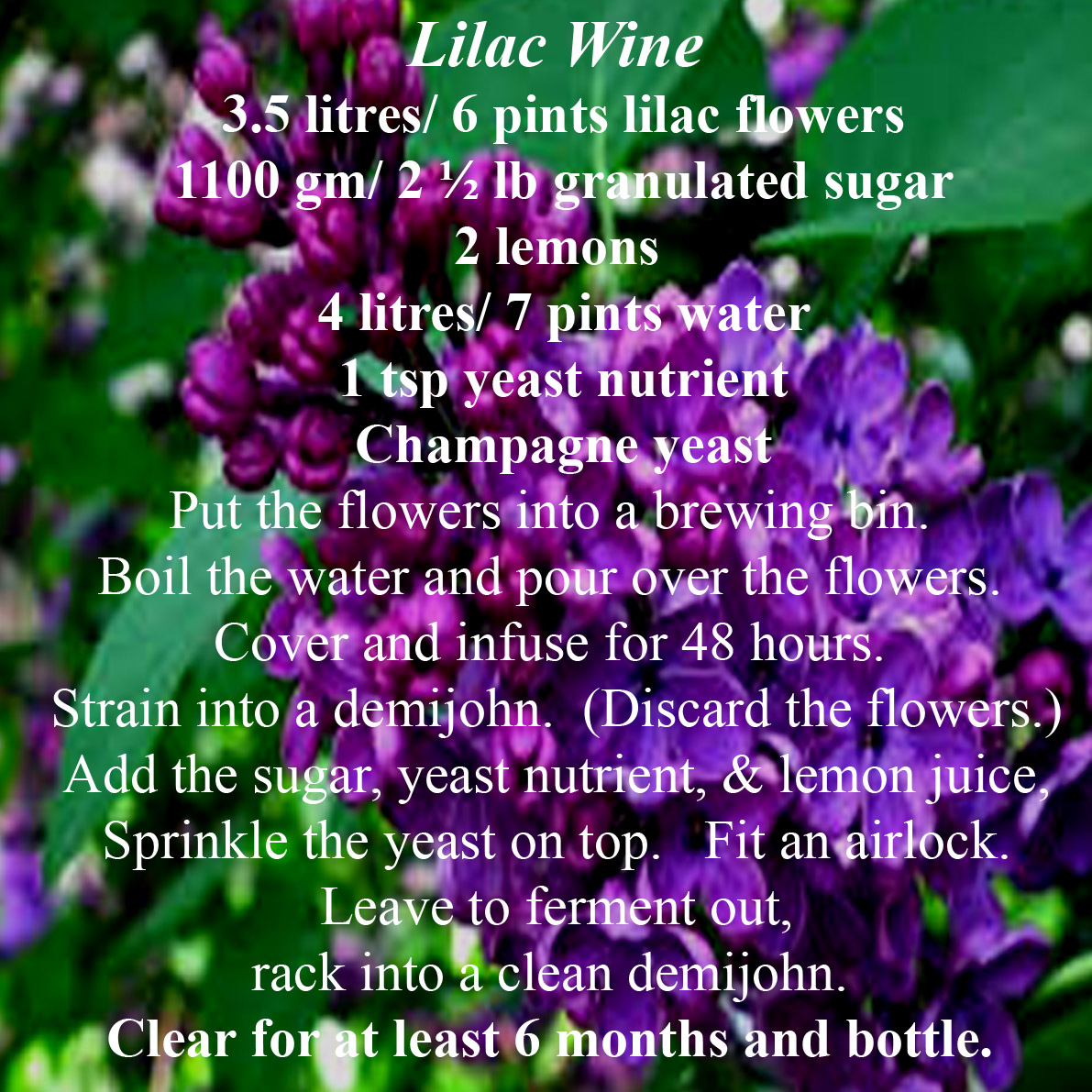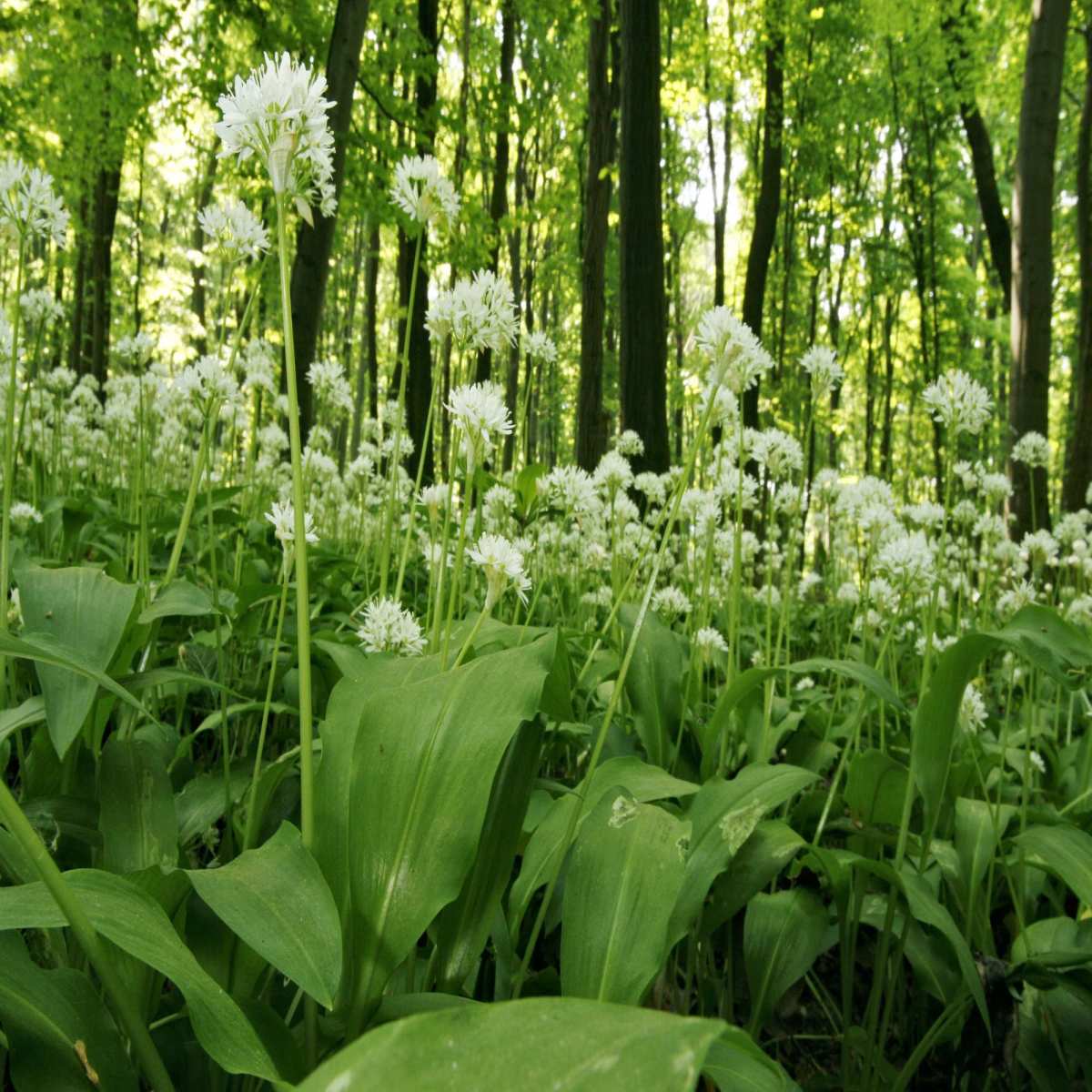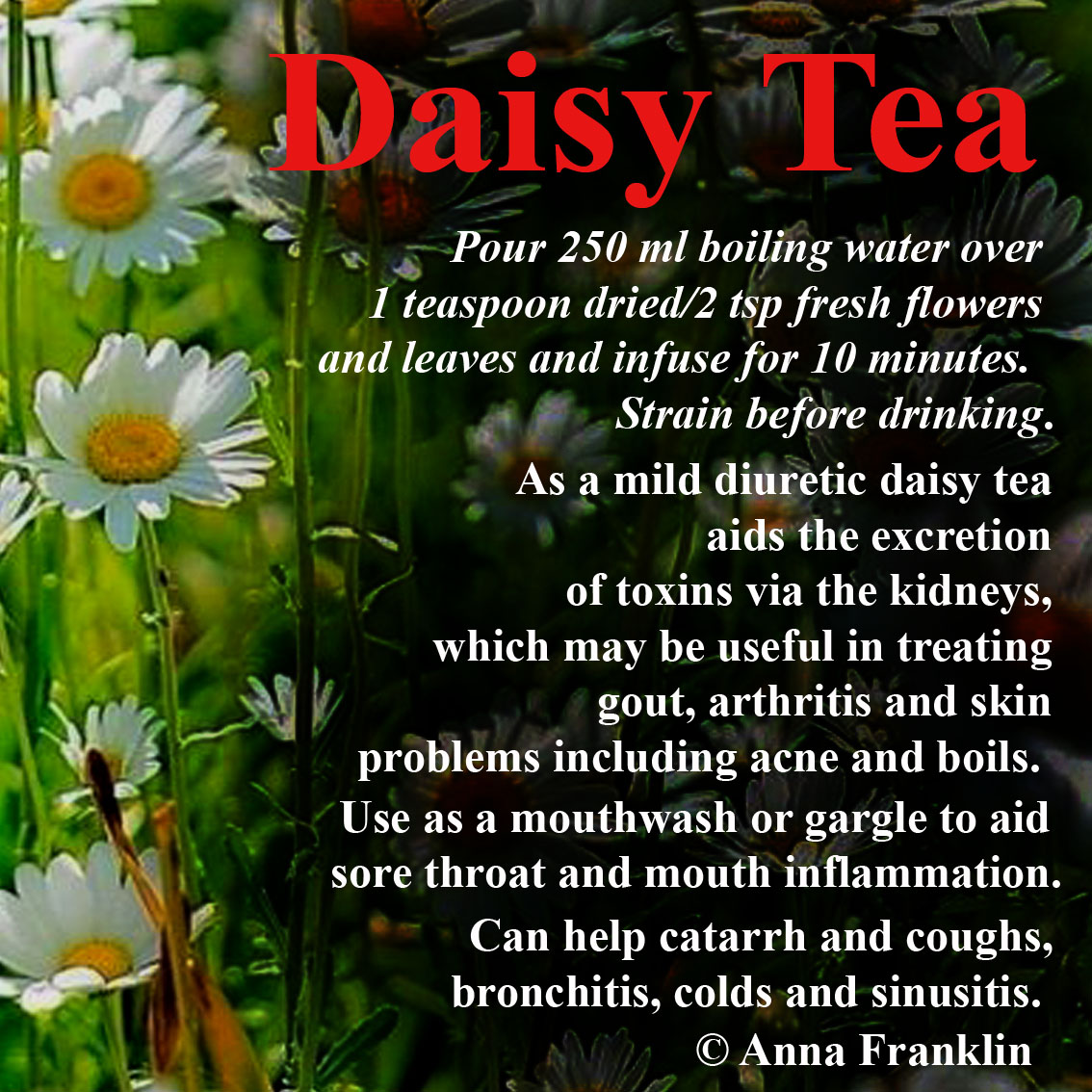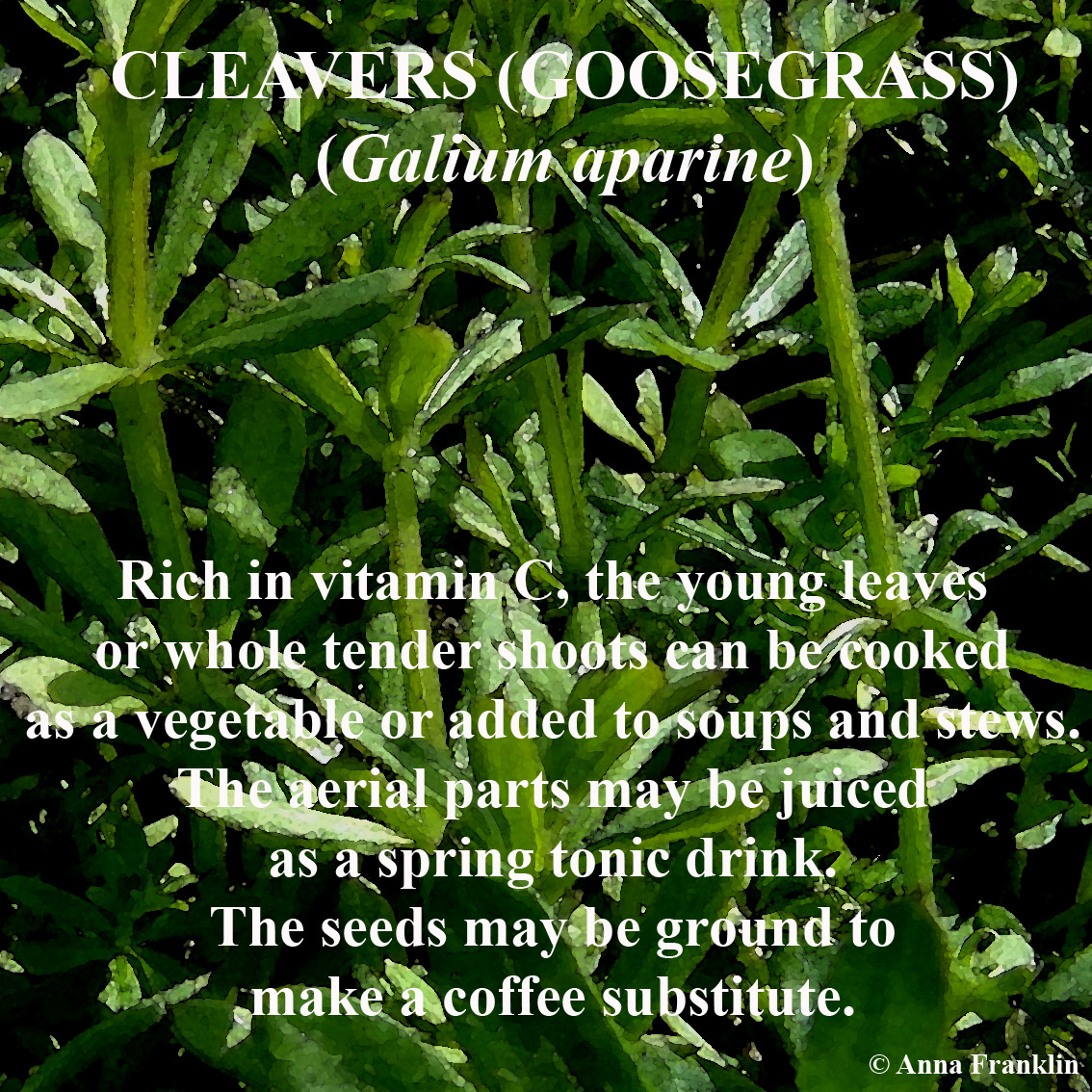Category: herbalism
Bellis Perennis
Lilac Skin Toner
Lilac Wine
Wild Ramson Pesto
170 g ramsons (you can use the leaves, stems and even flowers)
270 ml olive oil
65 g pine nuts (walnuts also work well)
70 g Parmesan cheese grated
Pinch of salt
The ramsons will need careful washing to remove any insects, especially if you are using the flowers too. Place on a cloth to dry. Put everything in a food processor and blitz. This is best used fresh, but will keep for 2-3 days in the fridge, or you can freeze it.
Ramsons (Allium ursinum), otherwise known as buckrams, wild garlic, broad-leaved garlic, wood garlic, bear leek, or bear’s garlic, grows wild in deciduous woodlands. It smells strongly of garlic, making it difficult to confuse it with other plants when collecting. However, you should always collect individual leaves, not pullup handfuls as other toxic plants with similar leaves (that do not smell of garlic) may grow amongst it.
© Anna Franklin, The Hearth Witch’s Year, Llewellyn, 2021
Daisy Tea
Cleavers
Birch Leaf Tea
Dyed Eggs
Companion Planting
Nowadays, most farms grow plants in a mono-crop system, with acres containing a single crop. Even garden vegetable growers tend to plant multiples of a single crop in one place. This makes it much easier for pests and diseases to find their favourite plants and spread through them, which is when people generally reach for chemical pesticides. If we look at how Mother Nature manages things, we find a variety of plants in any one place, which makes it harder for pests and diseases to spread through – Mother Nature knows how to keep the balance.
We can apply this lesson in our own gardens by utilising companion planting. It works in several ways – strongly scented companion plants can confuse or deter pests looking for their favourite plant (for example garlic’s smell is unappealing to many pests), other companions attract pollinators and beneficial insects that pray on aphids etc. (for example, borage attracts pollinating bees and tiny pest-eating wasps). Some plants attract natural predators such as birds which eat slugs, or hoverflies which eat aphids, or entice bees which pollinate your crops.
Perhaps the best-known example of companion planting is the Native American Three Sisters method whereby maize, climbing beans and winter squash are planted together and help each other grow. The tall maize provides a support for the climbing beans, while the low-growing squash shades the ground to prevent moisture loss and its big leaves keep down weeds and discourage pests. Moreover, the beans are nitrogen fixers in the soil, which make nitrogen available to other plants.
Companion planting supports plant diversity and that benefits the plants, the soil, the ecosystem, and the gardener, who doesn’t have to work so hard!
COMPANION PLANTS
| Crop | Companion Plants |
| Asparagus | Calendula deters asparagus beetle |
| Brassicas | Nasturtiums attract cabbage white butterflies and stop them laying on your brassicas. Mint deters flea beetles. |
| Beets | Onions deter borers, mites, slugs, cutworms and maggots |
| Courgette/zucchini | Calendula |
| Broad beans | Summer savoury repels blackfly |
| Carrot | Onion scents deter carrot flies – plant spring onions (scallions), leeks or chives nearby. Sage repels carrot fly. |
| Chrysanthemum | Chives deter aphids |
| Cucumber | Nasturtium repels cucumber beetles |
| Lettuce | Garlic and chives deter aphids. Poached egg plants attract hoverflies which control aphids. |
| Runner beans (climbing beans) and French beans | Nasturtium attracts aphids away from your crops. Planting sweet peas nearby will attract pollinating insects and increase your crop yield. |
| Onion | Mint deters onion fly. |
| Peas | Chives deter aphids. Alyssum brings in pollinators and encourages green lacewings, which eat aphids. |
| Peppers | Basil, oregano and marjoram. |
| Radish | Mint deters flea beetles. |
| Tomatoes | Mint or chives deter aphids, French marigolds deter whitefly. Basil repels whiteflies, mosquitoes, spider mites and aphids. Parsley attracts insects away from tomatoes. Borageattracts pollinating bees and tiny pest-eating wasps. |
| Melon | Dill, fennel and parsley attract pollinators |
| Potatoes | Tansy deters cut worm. Cilantro (coriander) protects against aphids, spider mites and potato beetles. Calendula, tansy, catmint and horseradish ward off Colorado potato beetles. |
| Sunflowers | Chives deter aphids. |
| Swiss chard | Alyssum attracts hoverflies, which control aphids. |
| Roses | Garlic, mint, chives and thyme deter aphids |
Extract from The Hearth Witch’s Garden Herbal by Anna Franklin, Llewellyn, 2022









